This month’s Believer Art Issue’s lead feature is called Best of All Possible Worlds, a story about class, race, gentrification, and public art named after New York City artist Saul Melman’s installation series of the same name. Melman was kind enough to prepare this slide show about his work to accompany Mark Lane’s fantastic piece, which you can read in full here. Melman will also present some of his work at the Art Issue release party at 6 pm on Monday, November 17, at Warby Parker’s flagship store (at 121 Greene St.) in New York. The accompanying text is from Saul Melman.
This is a story about a project I never made that turned into a project I could never have imagined.
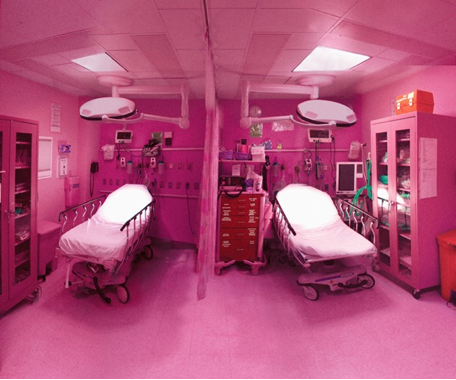
Best Of All Possible Worlds. 2009. Photo-Collage.
Here is a photo collage I made of the trauma room in the hospital where I work as an Emergency Medicine physician.
The image was part of my proposal to the hospital to create an installation in the trauma room that would include painting the room Baker Miller Pink, a color scientifically developed in the 1970s and thought to have a physiologically calming effect.
The installation was never realized.
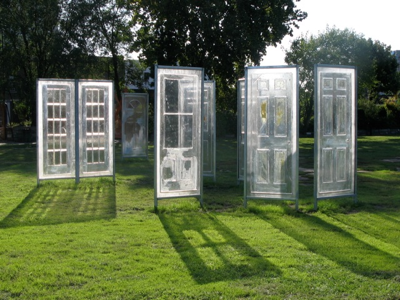
Best Of All Possible Worlds. 2011. Socrates Sculpture Park, Queens, NY
Instead, the photo-collage became the starting point for a site specific, outdoor installation. I translated the quality of light in the photograph, and the ephemerality it evoked, into a sculpture in which light was a central material.
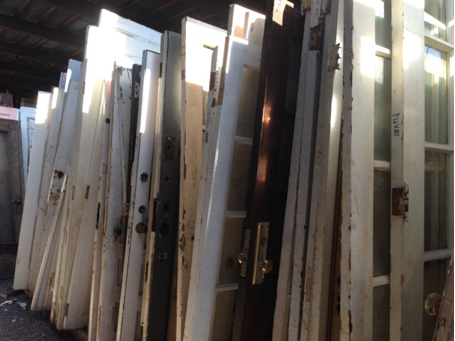
Housing works depot. Gowanus, Brooklyn
In making the work I selected eight salvaged doors, objects that suggest a liminal space.
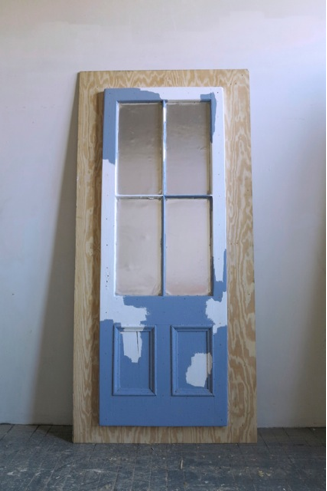
My art studio
I scarred, painted and mounted the old doors to prepare them for casting.
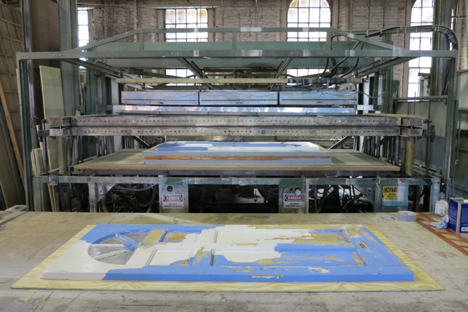
Vacuum forming machine
//player.vimeo.com/video/48048397?title=0&byline=0&portrait=0
The Making of Best of All Possible Worlds Videography by Richard H. Swanson
Vacuum form casting is a process by which a sheet of plastic is melted and forcefully pulled onto a mold with a high power vacuum.
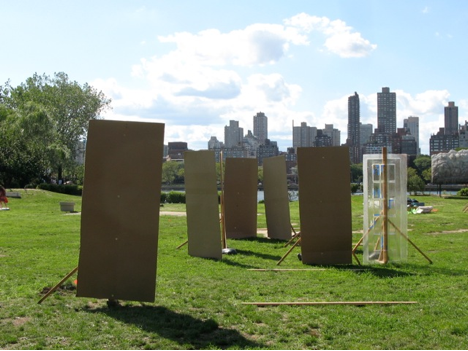
Socrates Sculpture Park
A scrappy mock-up was important for siting the work. The doors were positioned in the architectural layout of my floor-through apartment in Brooklyn.
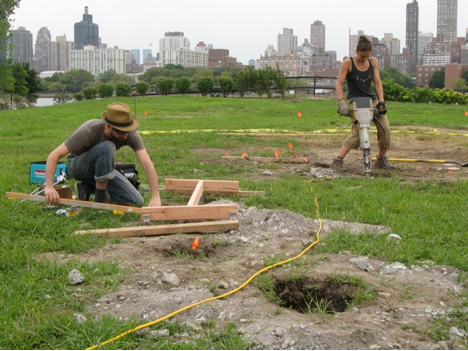
Assistants Adam Thabo and Ani Weinstein. Socrates Sculpture Park
We encountered unforeseen challenges while installing the sculpture’s infrastructure, including a thick layer of cement hidden beneath the grass and the arrival of Hurricane Irene, which caused the nearby East River to overflow and flood the site for several days.
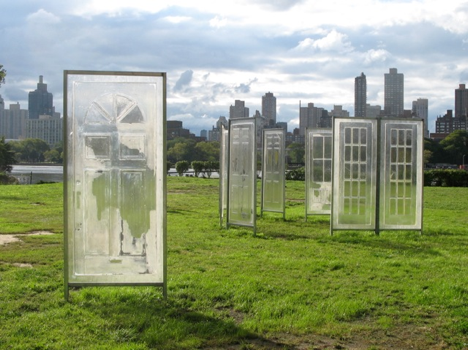
Best of All Possible Worlds. 2011. Socrates Sculpture Park
The mood of the installation was affected by the changing weather and the angle of the sun at different times of day…
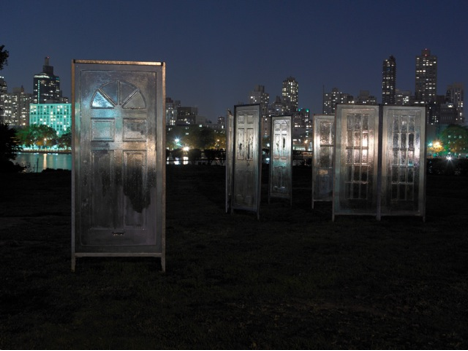
Best of All Possible Worlds. 2011. Socrates Sculpture Park
...
You have reached your article limit
Sign up for a digital subscription and continue reading all new issues, plus our entire archives, for just $1.50/month.
Already a subscriber? Sign in




